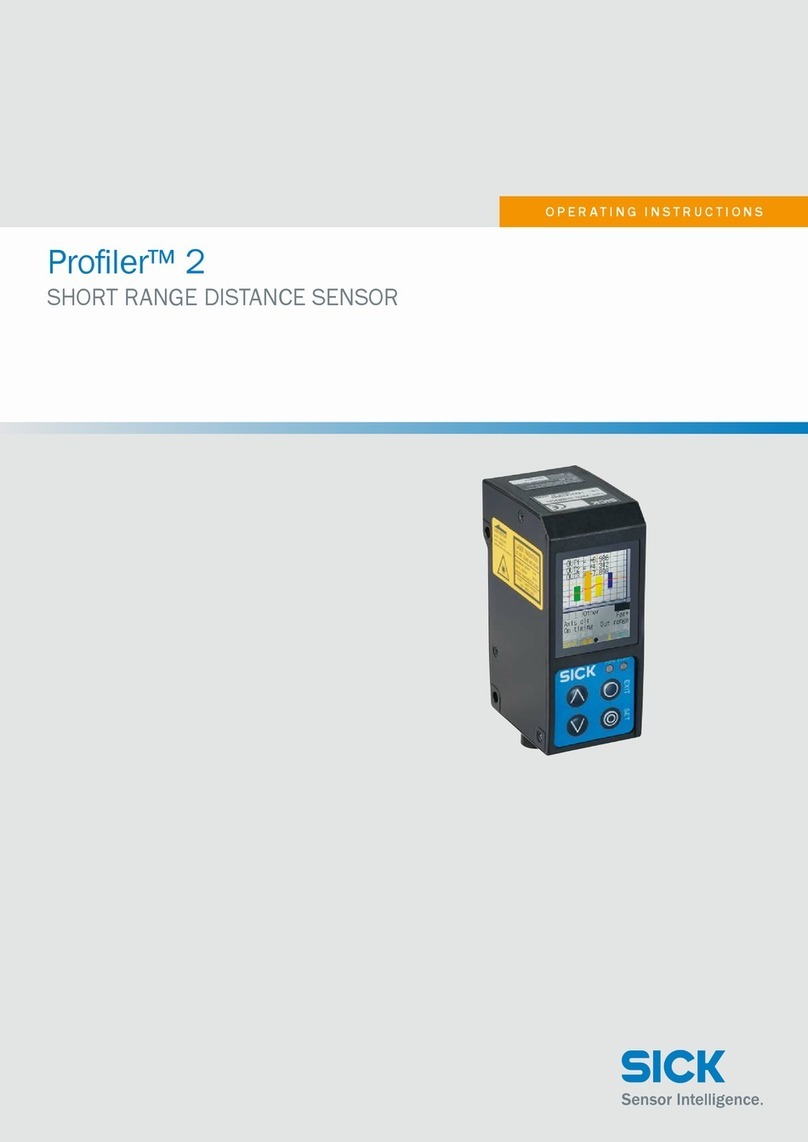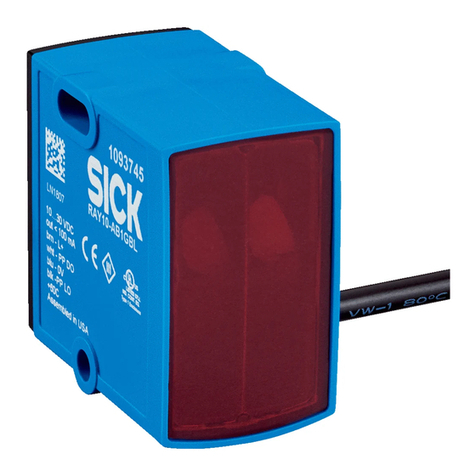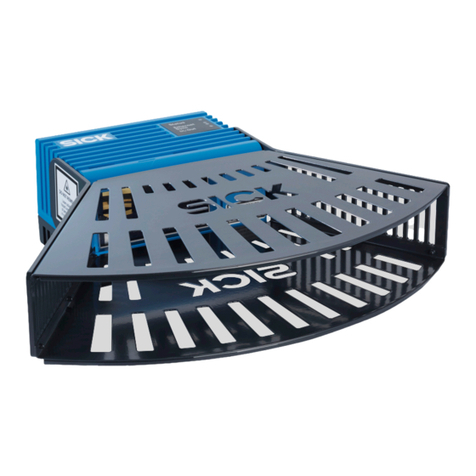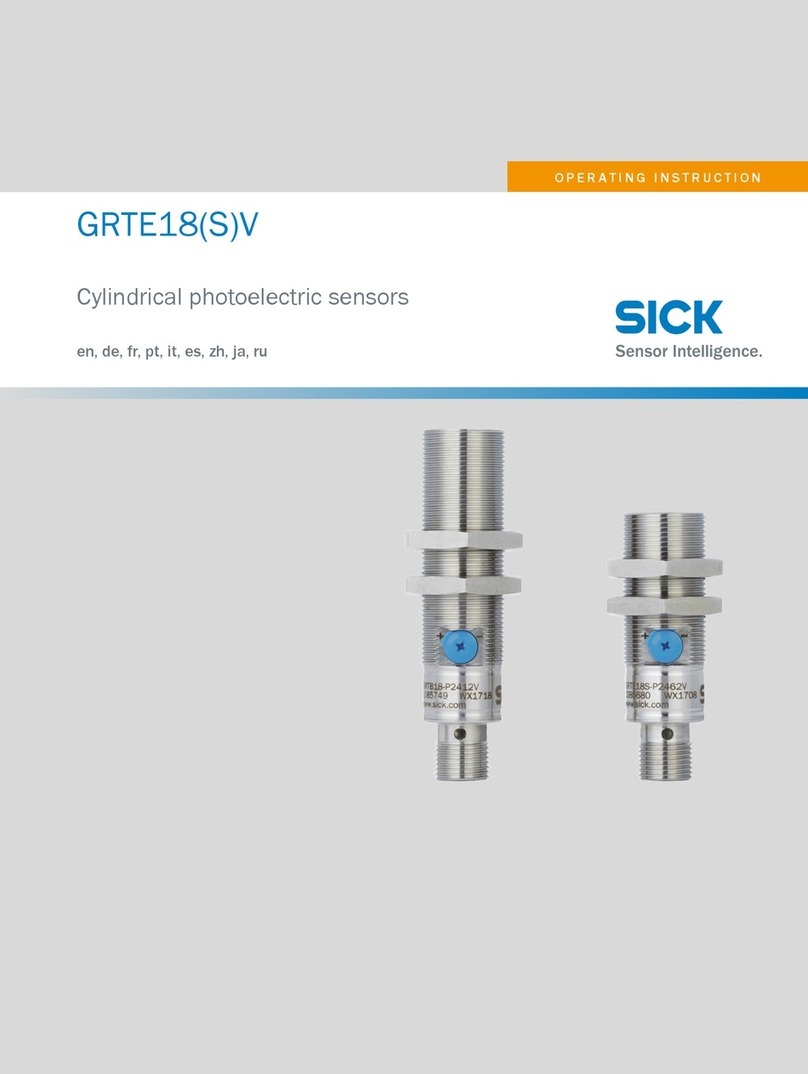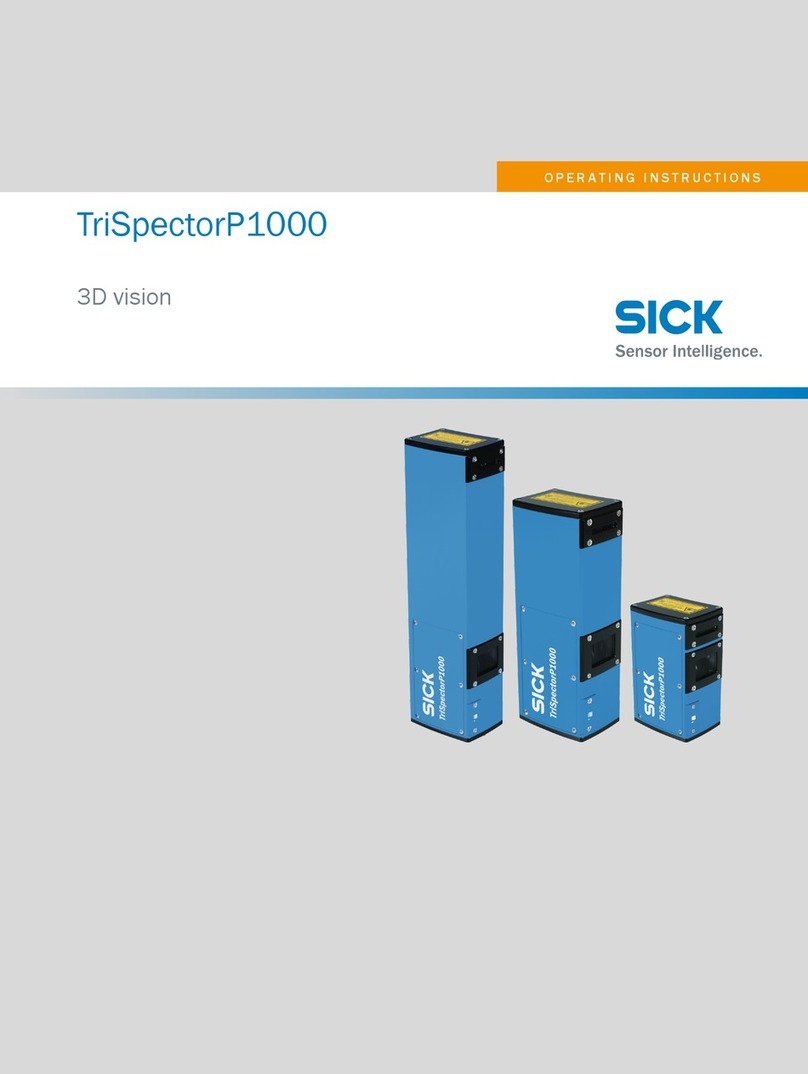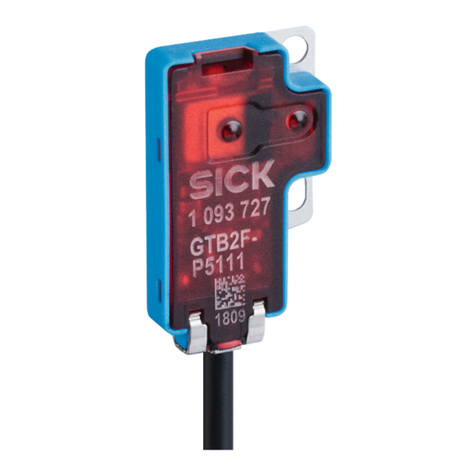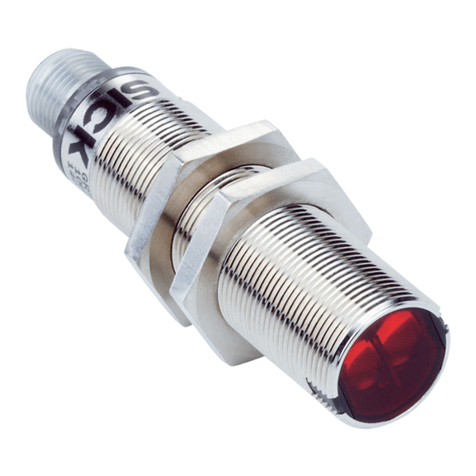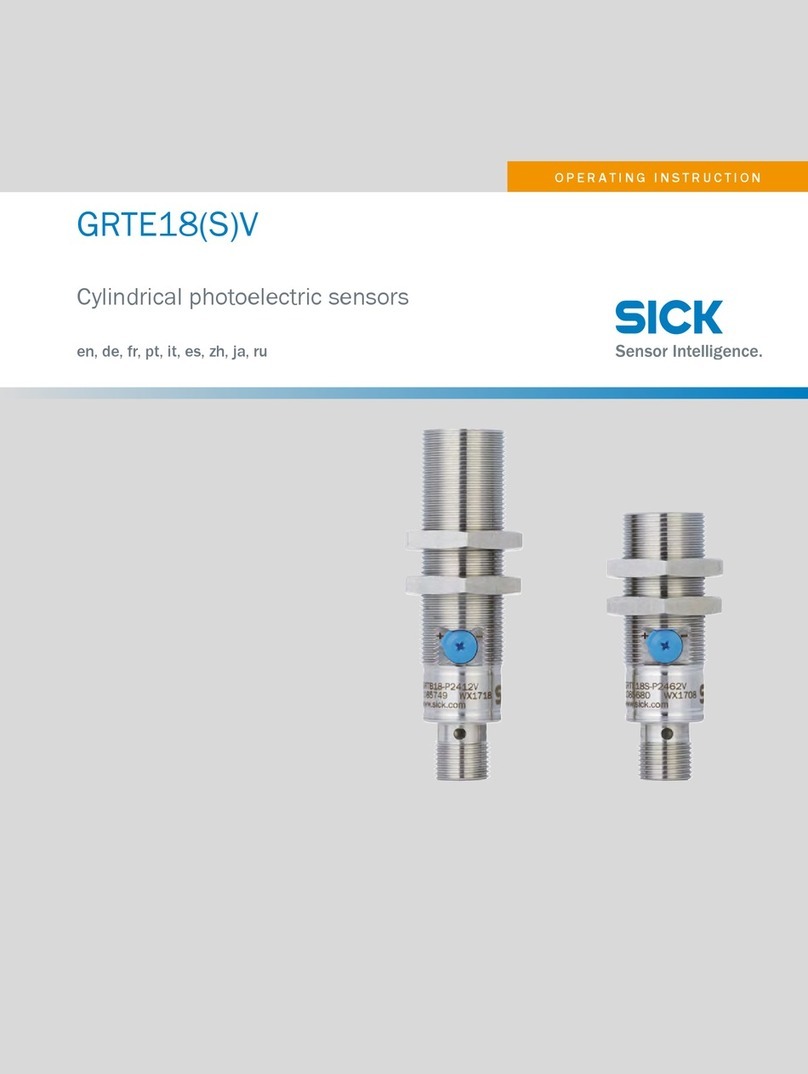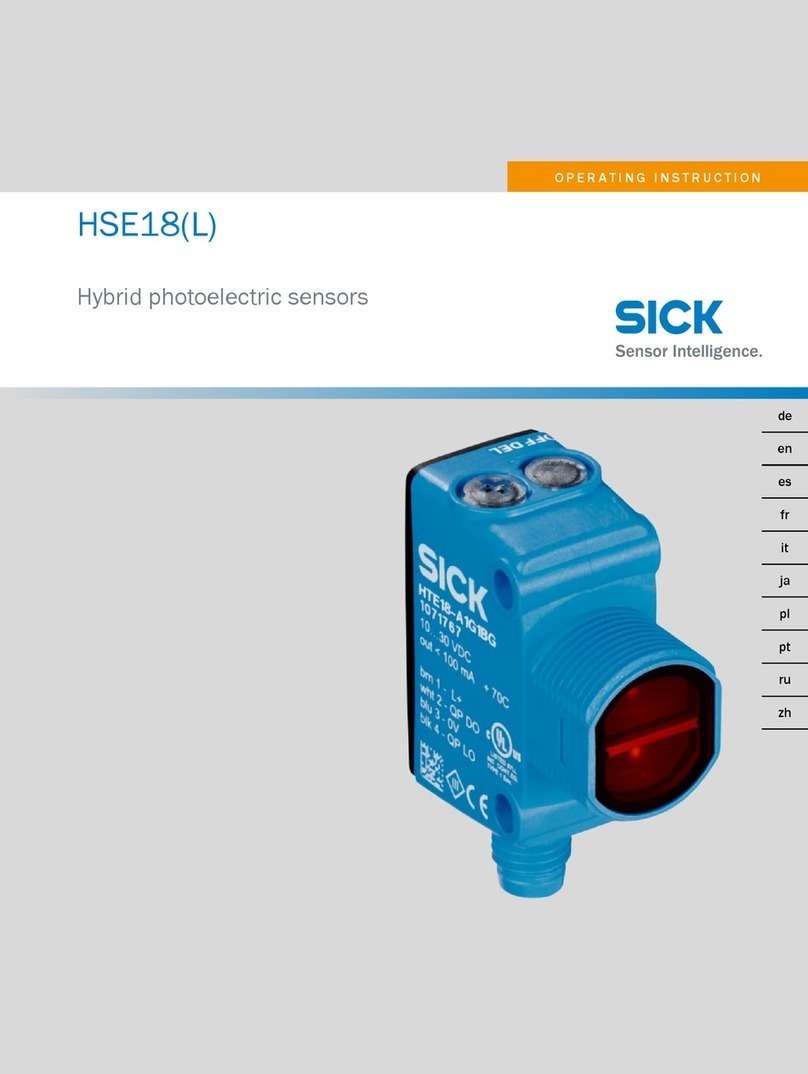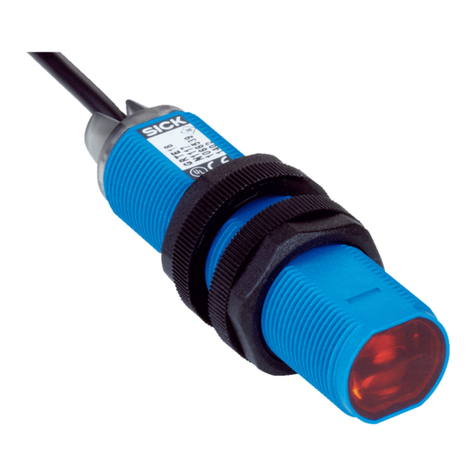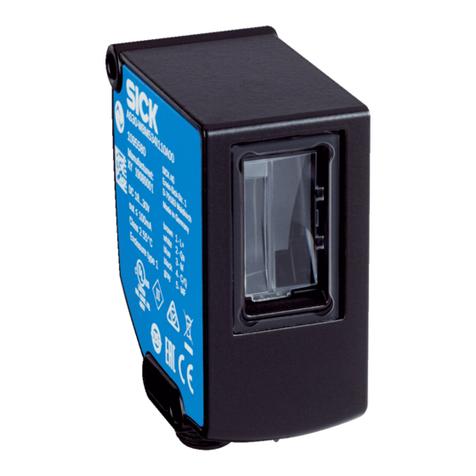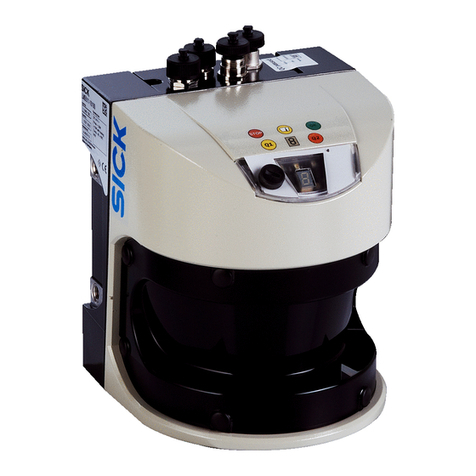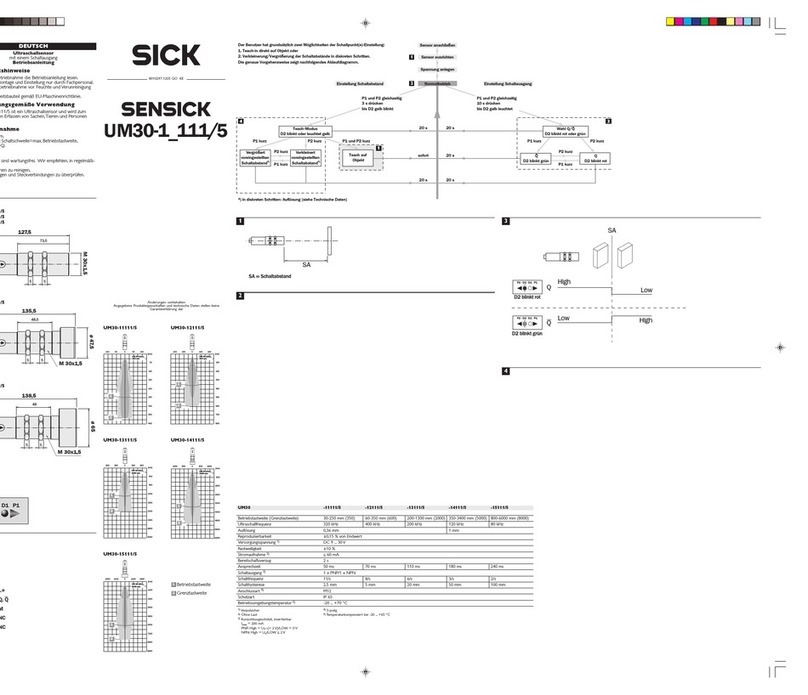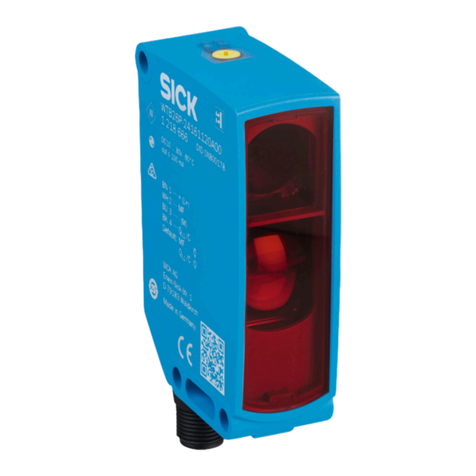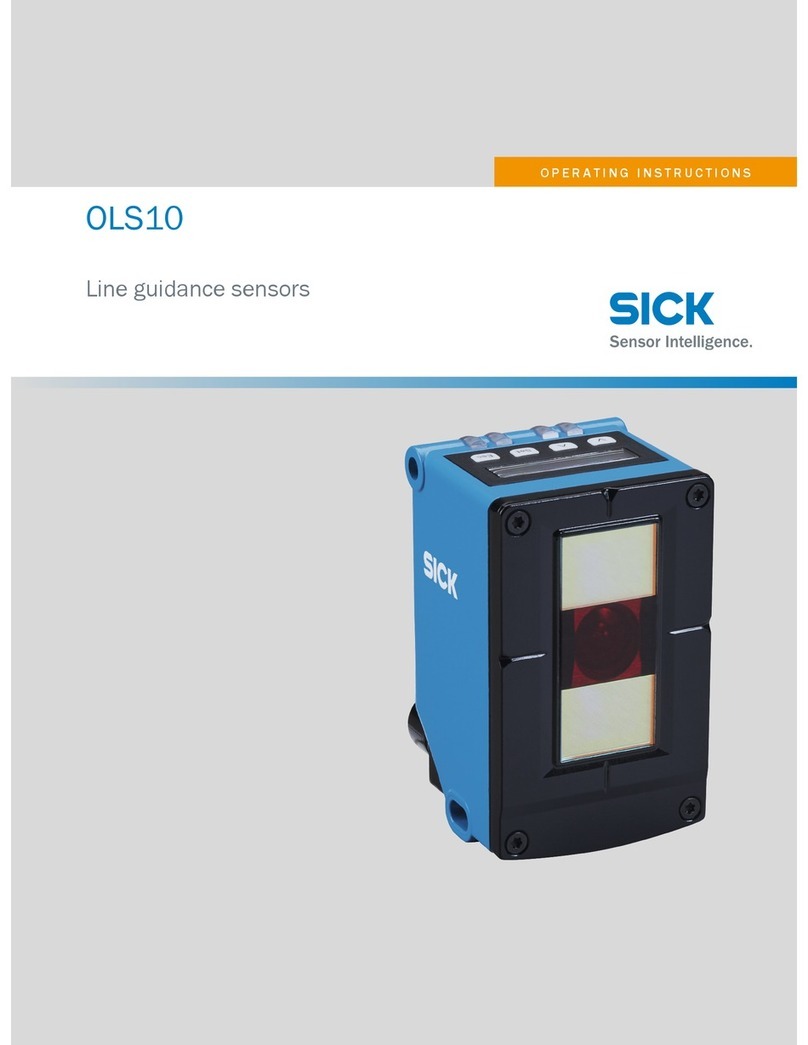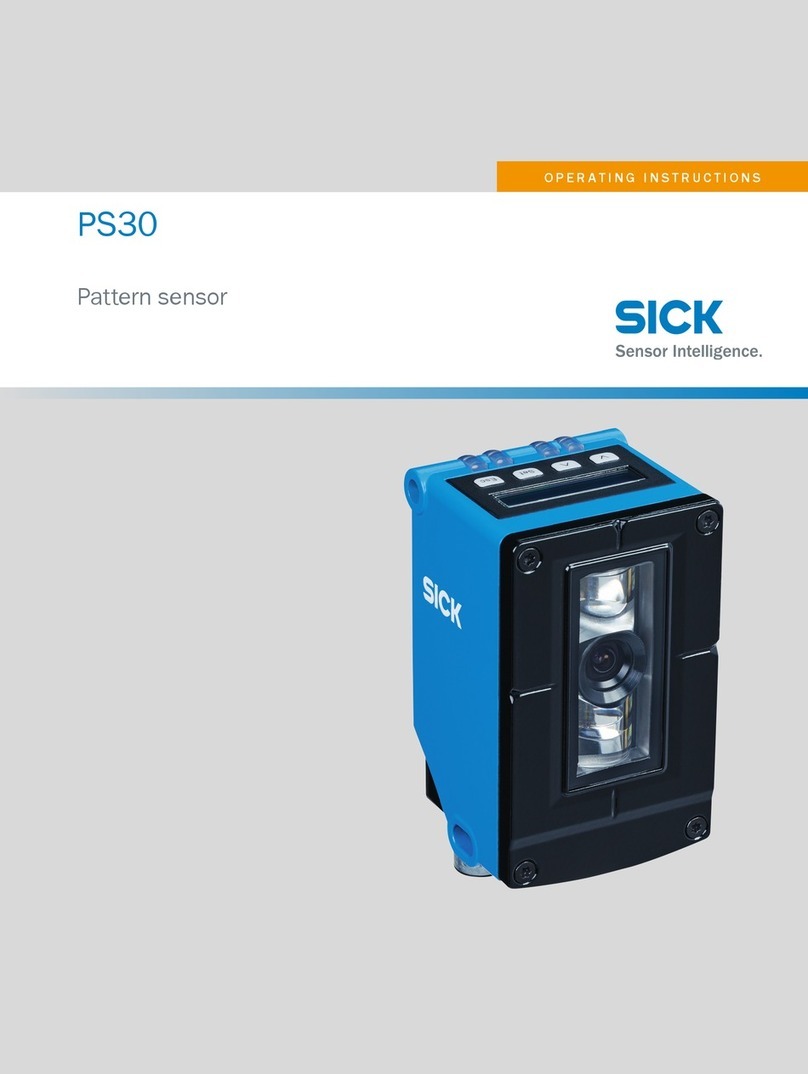
Signalausgang während des Einschaltens
Ausgangssignal
F.S.O Während des Einschaltvor‐
gangs
Im Fehlerfall
20 mA > 10 mA > 21,0 mA
4,75 Volt > 5 VDC > 5,1 VDC
4,50 Volt > 5 VDC > 5,1 VDC
9,50 Volt > 5 VDC > 10,0 VDC
Fehlerfall:
a) fehlender Positionsmagnet
b) Fehlfunktion oder Ausfall des magnetostriktiven Elements
5.4 Toleranzbetrachtung des Setzpunkts
Die Setzpunkte (Null-/Endpunkt) des Geräts werden vom Hersteller mit einer Toleranz
von ± 1 mm abgeglichen.
WICHTIG
Weitere Toleranzen sind beim Einbau des Zylinders zu beachten.
Beim Einlernvorgang (Teach-In) fährt die Kolbenstange den Null- bzw. Endpunkt an, um
alle Toleranzen der Zylinder-Sensor Kombination zu eliminieren. Die gemessenen Sig‐
nale werden in der Steuerung dementsprechend programmiert. Bei Betrieb ohne Teach-
In sind folgende Angaben zu Toleranzen zu beachten:
Toleranzen bei Betrieb ohne Teach-In
Beispiel am Messbereich 400 mm
Spanne 4000 mV 16 mA
Signal 0,5 ... 4,5 V 4 ... 20 mA
Null-/Endpunkt ± 1,0 mm ± 10 mV ± 0,04 mA
Positionsmagnet ± 1,0 mm ± 10 mV ± 0,04 mA
mech. Zusammenbau ± 0,5 mm ± 5 mV ± 0,02 mA
Summe aller Toleranzen ± 2,5 mm ± 25 mV ± 0,10 mA
Betrachtung für Null-Endpunkt
Null-Endpunkt
Beispiel am Messbereich 400 mm
Ausgang VDC-Ausgang mA-Ausgang
Signal 0,5 ... 4,50 V 4 ... 20 mA
Nullpunkt ± 25 mV ± 0,10 mA
min. Nullpunkt 0,475 mVDC 3,90 mA
max. Nullpunkt 0,525 mVDC 4,10 mA
Endpunkt (F.S.) ± 25 mVDC ± 0,10 mA
min. Endpunkt 4,475 mVDC 19,90 mA
max. Endpunkt 4,525 mVDC 20,10 mA
Nach dem Einbau des Sensors in den Zylinder kommt es durch die zulässigen Toleran‐
zen zu Abweichungen von den Soll-Werten. Die Abweichungen sind bei der Festlegung
von Grenzwerten in der auslesenden Steuerung zu berücksichtigen:
BETRIEBSANLEITUNG
8021471/2017-08-01 | SICK B E T R I E B S A N L E I T U N G | MAX48 7
Irrtümer und Änderungen vorbehalten
